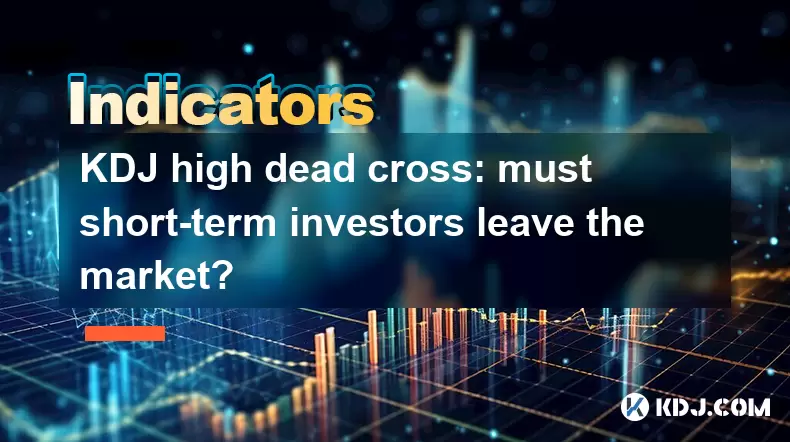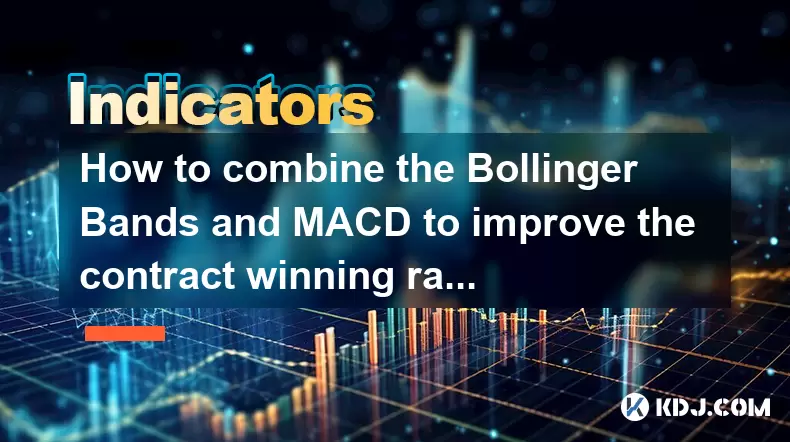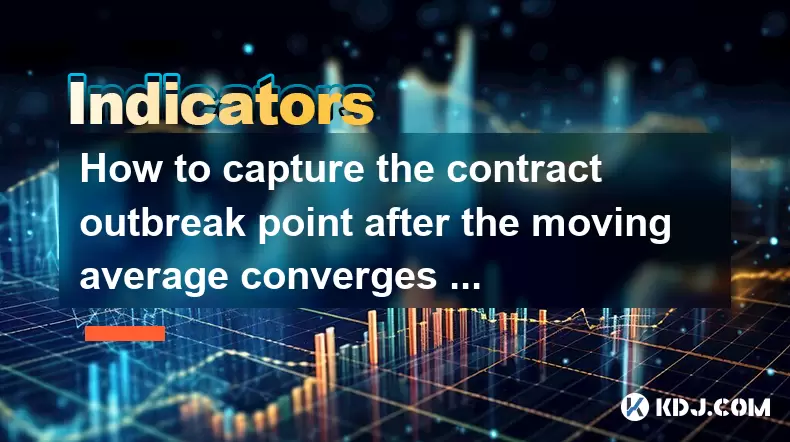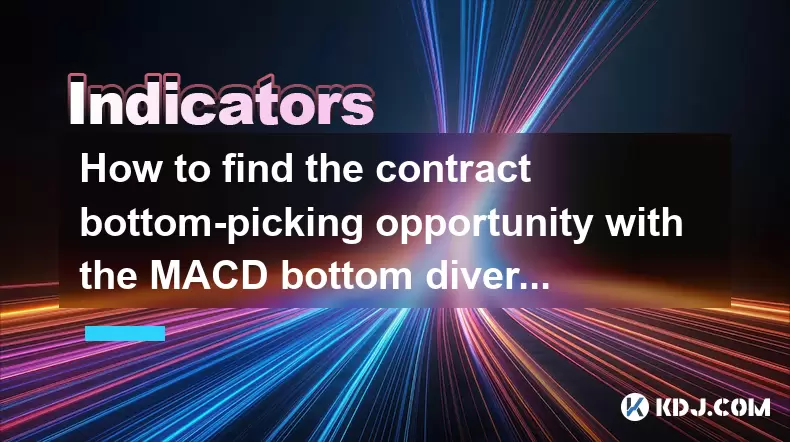-
 Bitcoin
Bitcoin $106,754.6083
1.33% -
 Ethereum
Ethereum $2,625.8249
3.80% -
 Tether USDt
Tether USDt $1.0001
-0.03% -
 XRP
XRP $2.1891
1.67% -
 BNB
BNB $654.5220
0.66% -
 Solana
Solana $156.9428
7.28% -
 USDC
USDC $0.9998
0.00% -
 Dogecoin
Dogecoin $0.1780
1.14% -
 TRON
TRON $0.2706
-0.16% -
 Cardano
Cardano $0.6470
2.77% -
 Hyperliquid
Hyperliquid $44.6467
10.24% -
 Sui
Sui $3.1128
3.86% -
 Bitcoin Cash
Bitcoin Cash $455.7646
3.00% -
 Chainlink
Chainlink $13.6858
4.08% -
 UNUS SED LEO
UNUS SED LEO $9.2682
0.21% -
 Avalanche
Avalanche $19.7433
3.79% -
 Stellar
Stellar $0.2616
1.64% -
 Toncoin
Toncoin $3.0222
2.19% -
 Shiba Inu
Shiba Inu $0.0...01220
1.49% -
 Hedera
Hedera $0.1580
2.75% -
 Litecoin
Litecoin $87.4964
2.29% -
 Polkadot
Polkadot $3.8958
3.05% -
 Ethena USDe
Ethena USDe $1.0000
-0.04% -
 Monero
Monero $317.2263
0.26% -
 Bitget Token
Bitget Token $4.5985
1.68% -
 Dai
Dai $0.9999
0.00% -
 Pepe
Pepe $0.0...01140
2.44% -
 Uniswap
Uniswap $7.6065
5.29% -
 Pi
Pi $0.6042
-2.00% -
 Aave
Aave $289.6343
6.02%
KDJ high dead cross: must short-term investors leave the market?
The KDJ high dead cross signals a potential bearish reversal in crypto, but should be confirmed with other indicators like RSI or volume to avoid false signals.
Jun 19, 2025 at 11:14 am

Understanding the KDJ Indicator in Cryptocurrency Trading
The KDJ indicator is a momentum oscillator widely used by traders to identify overbought or oversold conditions in the market. It consists of three lines: the K-line, D-line, and J-line. These lines are derived from historical price data and help predict potential trend reversals. In the context of cryptocurrency trading, where volatility is high and trends can change rapidly, understanding the KDJ high dead cross becomes crucial for short-term investors.
The KDJ high dead cross occurs when the K-line crosses below the D-line at a level above 80. This suggests that the asset might be entering a bearish phase after a period of overbought conditions. However, interpreting this signal requires deeper analysis, especially in fast-moving crypto markets where false signals are common.
What Does a KDJ High Dead Cross Indicate?
A KDJ high dead cross typically appears after a strong upward movement. When both the K and D values are above 80, it indicates that the asset is overbought. When the K-line then crosses downward through the D-line, it signals a potential reversal from bullish to bearish sentiment. For short-term traders, this could mean an opportunity to exit long positions or consider initiating short trades.
However, in the cryptocurrency market, this signal should not be taken in isolation. Due to the high volatility and frequent manipulation in crypto prices, a single technical indicator like the KDJ may not provide sufficient confirmation for making critical trading decisions. Traders often combine it with other tools such as moving averages, RSI, or volume analysis to filter out false signals.
Why Short-Term Investors Should Be Cautious
Short-term investors rely heavily on quick entry and exit points to maximize profits within a small time frame. A KDJ high dead cross may suggest that the current uptrend is losing steam, which increases the risk of holding positions too long. In cryptocurrencies, where sudden sell-offs can occur due to regulatory news, whale movements, or market panic, acting quickly based on such indicators becomes vital.
That said, not every KDJ high dead cross leads to a significant downtrend. Sometimes, the market may consolidate or continue rising despite the cross. Therefore, blindly following this signal without confirming it with additional metrics can lead to premature exits or missed gains.
How to Confirm a KDJ High Dead Cross Signal
To enhance the reliability of a KDJ high dead cross, traders should follow these steps:
- Check the RSI (Relative Strength Index): If the RSI also shows overbought conditions (>70) and starts declining, it supports the bearish signal from the KDJ.
- Analyze Volume Patterns: A drop in trading volume during the cross can indicate weakening buyer interest, reinforcing the likelihood of a pullback.
- Use Moving Averages: If the price is below key moving averages (e.g., 50-day or 200-day), it strengthens the case for a bearish outlook.
- Observe Candlestick Formations: Bearish patterns like shooting stars, hanging men, or dark cloud covers near resistance levels add credibility to the KDJ signal.
By incorporating these methods, traders can reduce the chances of acting on false signals and improve their decision-making accuracy.
Should You Exit Immediately After a KDJ High Dead Cross?
There is no one-size-fits-all answer to this question. Exiting immediately depends on your trading strategy, risk tolerance, and the broader market environment. Some aggressive traders may use the cross as a partial profit-taking point while keeping part of their position open for further movement. Others may prefer to close entirely if other indicators confirm weakness.
In volatile crypto markets, it's essential to have a predefined plan before entering any trade. This includes setting stop-loss levels, take-profit targets, and knowing what indicators you'll use to make adjustments. Acting emotionally or impulsively based on a single signal can lead to costly mistakes.
Managing Risk During KDJ High Dead Cross Scenarios
Risk management plays a central role in navigating a KDJ high dead cross. Here are some practical steps traders can take:
- Set Stop-Loss Orders: Placing a stop-loss just above the recent swing high can protect against unexpected rallies even after a bearish cross appears.
- Reduce Position Size: Instead of closing all positions, reducing exposure gradually allows flexibility in case the market moves back in your favor.
- Monitor News and Market Sentiment: Crypto markets are highly sensitive to external events. A positive announcement can reverse a bearish signal instantly.
- Use Time-Based Filters: Wait for a candle to close below key support levels before confirming the signal. This avoids acting on intra-candle noise.
These strategies help maintain discipline and prevent impulsive decisions driven by fear or greed.
Frequently Asked Questions
Q1: Can the KDJ high dead cross work effectively in altcoin trading?
Yes, but with caution. Altcoins tend to be more volatile than major coins like Bitcoin or Ethereum. The KDJ high dead cross may generate more false signals in altcoin markets. Combining it with volume and RSI can increase its effectiveness.
Q2: Is the KDJ high dead cross reliable for intraday trading in crypto?
It can be useful, but intraday traders should adjust the KDJ settings to suit shorter time frames. Using 5-minute or 15-minute charts with optimized parameters (e.g., 9,3,3 instead of 14,3,3) may yield better results.
Q3: How does the KDJ high dead cross compare to a MACD bearish crossover?
Both are bearish signals, but they measure different aspects. The KDJ focuses on overbought/oversold conditions, while the MACD reflects trend strength and momentum. Using them together can offer a more comprehensive view.
Q4: What time frame is best suited for analyzing KDJ high dead cross in crypto?
The daily chart is commonly used for spotting significant reversals. However, for short-term trading, the 4-hour or 1-hour charts can be effective, especially when aligned with the daily trend.
Disclaimer:info@kdj.com
The information provided is not trading advice. kdj.com does not assume any responsibility for any investments made based on the information provided in this article. Cryptocurrencies are highly volatile and it is highly recommended that you invest with caution after thorough research!
If you believe that the content used on this website infringes your copyright, please contact us immediately (info@kdj.com) and we will delete it promptly.
- Check Your Change! That £2 Coin Could Be Worth £500!
- 2025-06-19 18:45:12
- Bitcoin, Solaris, and Mobile Mining: The Next Big Thing?
- 2025-06-19 18:45:12
- Mantle, Crypto, and Blockchain: UR Neobank Revolutionizes TradFi and DeFi
- 2025-06-19 20:05:12
- XRP Price, Ripple Transfer, and Market Panic: What's the Real Story?
- 2025-06-19 19:25:12
- Coin Master Free Spins & Links: Your Daily Dose of Spins (June 19, 2025)
- 2025-06-19 18:52:12
- RAY Price Rockets with Volume Surge: Is This the Start of a Stock Rally?
- 2025-06-19 19:05:12
Related knowledge

How to combine the Bollinger Bands and MACD to improve the contract winning rate?
Jun 19,2025 at 06:35pm
Understanding Bollinger Bands and MACD IndicatorsTo effectively combine Bollinger Bands and the MACD (Moving Average Convergence Divergence), it's essential to first understand what each indicator represents. Bollinger Bands consist of a middle moving average line and two outer bands that adjust based on market volatility. When prices move toward the up...

How does the long lower shadow of the K line indicate the formation of the bottom of the contract?
Jun 19,2025 at 05:00am
Understanding the Long Lower Shadow in K-Line AnalysisIn cryptocurrency trading, K-line analysis plays a pivotal role in determining market sentiment and potential price reversals. A long lower shadow, also known as a long wick, is one of the most telling candlestick patterns that traders look for when assessing whether a bottom might be forming in a co...

How to capture the contract outbreak point after the moving average converges and diverges?
Jun 19,2025 at 02:07pm
Understanding Moving Average Convergence and Divergence in Crypto TradingIn cryptocurrency trading, moving averages are among the most widely used technical indicators. The concept of convergence and divergence refers to how different moving averages align or separate over time. When short-term and long-term moving averages come together (converge), it ...

How to find the contract bottom-picking opportunity with the MACD bottom divergence?
Jun 19,2025 at 02:28pm
Understanding MACD Bottom Divergence in Cryptocurrency TradingMACD (Moving Average Convergence Divergence) is a widely used technical analysis tool that helps traders identify potential reversals in price trends. Bottom divergence, specifically, occurs when the price of an asset makes a new low, but the MACD indicator does not confirm this by making a c...

How to use the DEMARK indicator to predict the high and low points of the contract?
Jun 19,2025 at 04:21am
What Is the DEMARK Indicator?The DEMARK indicator is a technical analysis tool developed by Tom DeMark, aimed at identifying price exhaustion points in financial markets. It helps traders anticipate potential reversal zones, especially in volatile environments such as cryptocurrency contracts. The indicator works by detecting specific patterns and seque...

Why does the contract sometimes not fall after the moving average crosses?
Jun 18,2025 at 08:50pm
Understanding Moving Averages in Cryptocurrency TradingIn the realm of cryptocurrency trading, moving averages are among the most widely used technical indicators. They help traders identify potential trends by smoothing out price data over a specified period. The two primary types are the Simple Moving Average (SMA) and the Exponential Moving Average (...

How to combine the Bollinger Bands and MACD to improve the contract winning rate?
Jun 19,2025 at 06:35pm
Understanding Bollinger Bands and MACD IndicatorsTo effectively combine Bollinger Bands and the MACD (Moving Average Convergence Divergence), it's essential to first understand what each indicator represents. Bollinger Bands consist of a middle moving average line and two outer bands that adjust based on market volatility. When prices move toward the up...

How does the long lower shadow of the K line indicate the formation of the bottom of the contract?
Jun 19,2025 at 05:00am
Understanding the Long Lower Shadow in K-Line AnalysisIn cryptocurrency trading, K-line analysis plays a pivotal role in determining market sentiment and potential price reversals. A long lower shadow, also known as a long wick, is one of the most telling candlestick patterns that traders look for when assessing whether a bottom might be forming in a co...

How to capture the contract outbreak point after the moving average converges and diverges?
Jun 19,2025 at 02:07pm
Understanding Moving Average Convergence and Divergence in Crypto TradingIn cryptocurrency trading, moving averages are among the most widely used technical indicators. The concept of convergence and divergence refers to how different moving averages align or separate over time. When short-term and long-term moving averages come together (converge), it ...

How to find the contract bottom-picking opportunity with the MACD bottom divergence?
Jun 19,2025 at 02:28pm
Understanding MACD Bottom Divergence in Cryptocurrency TradingMACD (Moving Average Convergence Divergence) is a widely used technical analysis tool that helps traders identify potential reversals in price trends. Bottom divergence, specifically, occurs when the price of an asset makes a new low, but the MACD indicator does not confirm this by making a c...

How to use the DEMARK indicator to predict the high and low points of the contract?
Jun 19,2025 at 04:21am
What Is the DEMARK Indicator?The DEMARK indicator is a technical analysis tool developed by Tom DeMark, aimed at identifying price exhaustion points in financial markets. It helps traders anticipate potential reversal zones, especially in volatile environments such as cryptocurrency contracts. The indicator works by detecting specific patterns and seque...

Why does the contract sometimes not fall after the moving average crosses?
Jun 18,2025 at 08:50pm
Understanding Moving Averages in Cryptocurrency TradingIn the realm of cryptocurrency trading, moving averages are among the most widely used technical indicators. They help traders identify potential trends by smoothing out price data over a specified period. The two primary types are the Simple Moving Average (SMA) and the Exponential Moving Average (...
See all articles

























































































